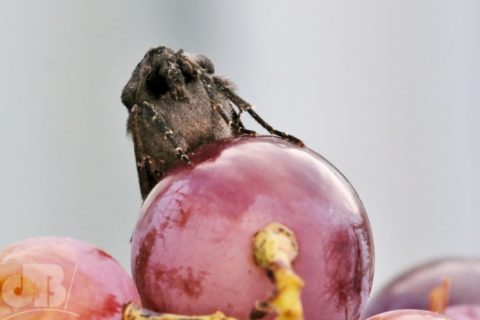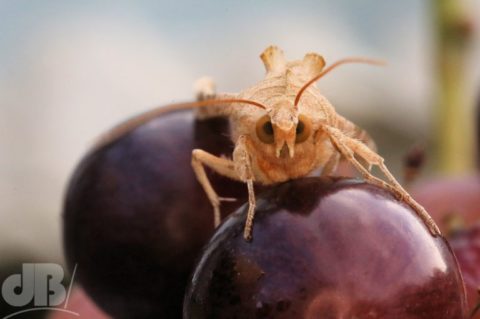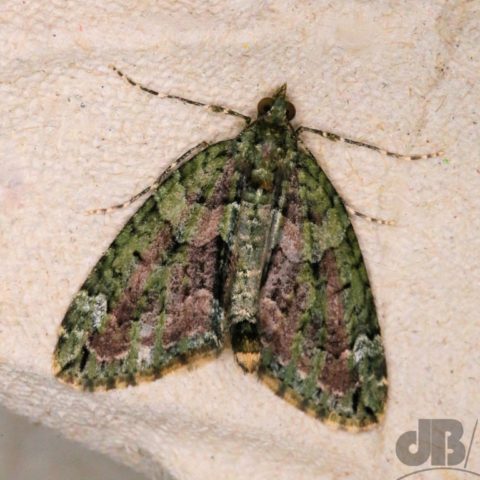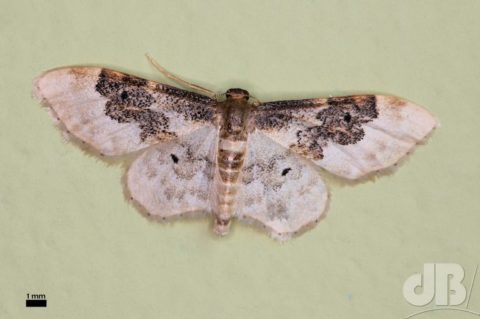
The names of moths are marvellous. You’ve got your Death’s Head Hawk-moth and your Flame Shoulder, then there’s the Black Rustic and the Rustic Shoulder Knot and not forgetting Angle Shades. There’s even a moth known as The Uncertain. Then, there are the carpet moths. These aren’t carpet-eating moths, they’re species so-named because of their whimsical resemblance to patterned carpets.

Carpets, you say? How exciting…
Well, back in the day when pioneering naturalists were first recording all these different species carpets were exciting…well, if not exciting, certainly a luxury. Nobody really had carpets back then, the rich and landed gentry aside, and even then a carpet was a special thing, an underfoot treat not to be down-trodden nor trampled underfoot.

The Burnished Brass and the Feathered Gothic might have a kind of steampunk glamour to our ears, but in 1775 when Denis & Schiffermüller, identified, pinned, and named the Least Carpet, Idaea rusticata, the name was not an insult it was a compliment. Although, that said, this particular species doesn’t look like much of a luxury carpet being as it is, camouflaged to look like a bird dropping.

The Least Carpet is found across Europe, the Middle East and North Africa. In the UK it was initially found only in London and then the south-eastern counties it extended its range and abundance between 1968 and 2007, although records as far north as Cheshire dating back to 1999 may well be of migrants/vagrants.
Oh, and just to reiterate…the Carpet moths do not eat carpets. In fact, no moths eat carpets and only the larvae of a tiny handful of species eat textiles, such as wool. Many larvae eat plants of course, some carrion, but while we imagine the bees are the most important of our pollinators, moths are a major factor in doing that job too. #MothsMatter And, of course, they and their larvae are an important food source for birds and mammals, including bats.